Embarking on the world of paper artistry unveils many possibilities, with origami and tissue paper standing out as versatile mediums.
“Is Origami Paper Like Tissue Paper?” delves into the nuanced similarities and distinctions between these two paper types, sparking a journey of creative exploration.
While both are thin, lightweight, and come in various colors, the textures, durability, and intended applications diverge.
Origami paper, with its smooth precision, caters to intricate folds and artistic designs, while tissue paper’s softness finds its place in gift wrapping and crafting.
This exploration unravels the unique characteristics that shape origami and tissue paper’s artistic potential.
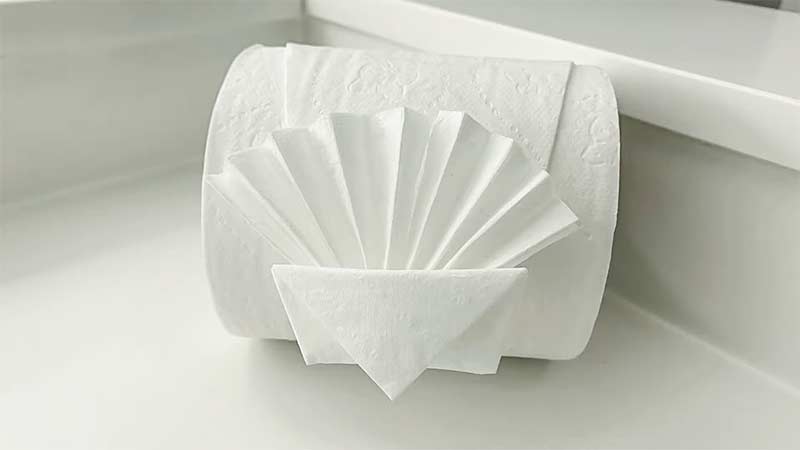
Is Origami Paper Like Tissue Paper?
Origami paper and tissue paper share some similarities but differ in crucial aspects. Both are thin and lightweight and come in various colors, making them suitable for creative projects.
However, origami paper is crafted for precise folding, with a smooth, crisp texture that enables intricate designs. It is more durable and ideal for the complex folds of origami art.
Tissue paper, with a softer texture, is commonly used for gift wrapping and crafting but lacks the structural robustness of origami paper.
While they both offer versatility, the distinctions in texture, durability and intended use make their unique choices for specific artistic endeavors.
What Is Origami Paper?
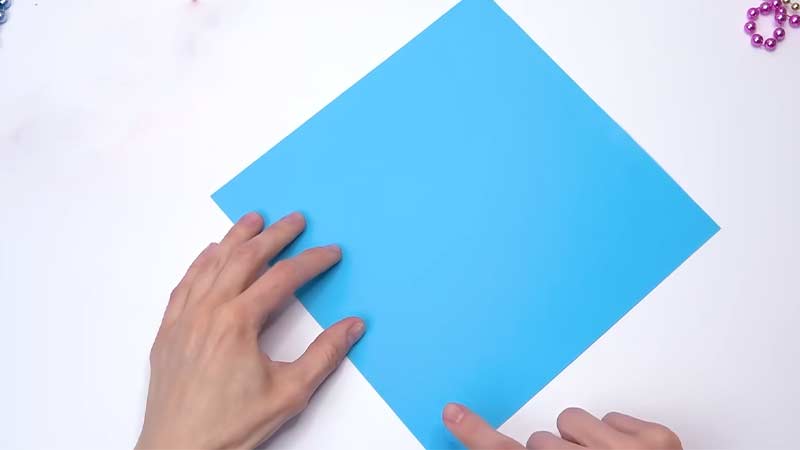
Origami paper, also known as kami in Japanese, is a specialized paper designed for the art of origami, the traditional Japanese craft of paper folding.
Typically square and available in various colors, patterns, and sizes, origami paper is chosen for its thinness, smooth texture, and crispness. This paper facilitates precise folds, allowing artists to create intricate and detailed folded sculptures.
While origami paper is the preferred medium for origami enthusiasts, other thin and pliable materials, such as foil or washi paper, may also be used for unique effects and creative variations in the folding process.
What Is Tissue Paper?
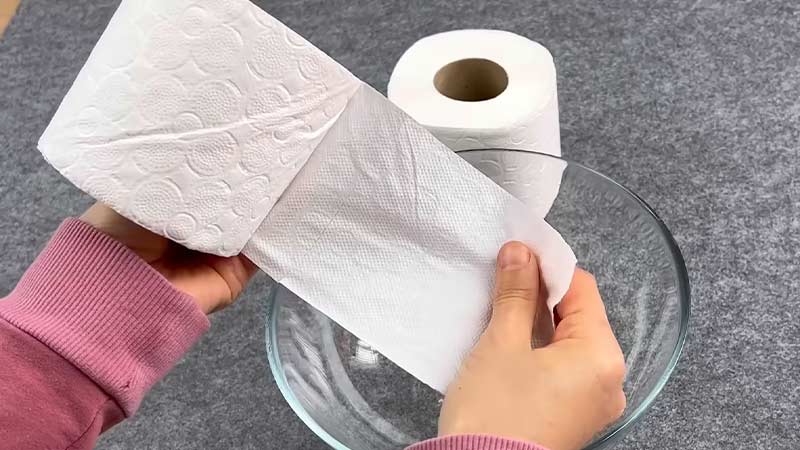
Tissue paper is a lightweight and thin paper known for its soft texture, commonly used for various purposes such as gift wrapping, crafting, and delicate cleaning.
Also referred to as wrapping tissue or gift tissue, it is available in various colors and textures, often made from recycled paper, wood pulp, or synthetic fibers. Easily torn or cut, tissue paper is valued for its versatility and delicacy.
Its primary applications include enhancing the presentation of gifts, creating colorful decorations, and providing a gentle material for various crafting projects due to its pliability and ease of manipulation.
How Is Origami Paper Similar to Tissue Paper?
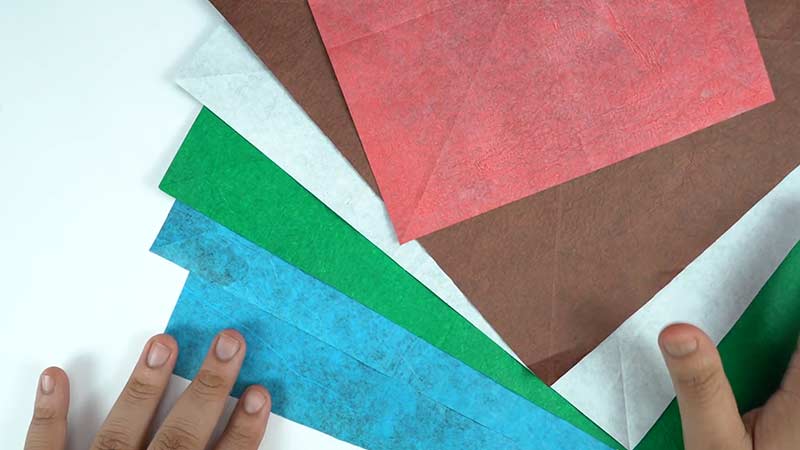
Origami and tissue paper share a few similarities, despite their differences. Here are some common aspects where origami paper is similar to tissue paper:
Thin and Lightweight
Both origami paper and tissue paper are characterized by their thin and lightweight nature. This characteristic allows for easy folding, manipulation, and versatility in various artistic applications.
Flexibility
Origami paper and tissue paper exhibit flexibility and pliability. This quality enables them to conform to different shapes and forms during folding, making them suitable for creating intricate designs.
Variety of Colors and Patterns
Both types of paper come in a wide range of colors and patterns. This diversity allows artists and crafters to choose from various options, adding aesthetic appeal and creativity to their projects.
Suitable for Folding
Due to their thin and pliable nature, both origami paper and tissue paper are well-suited for folding. They can hold creases and folds effectively, allowing for the creation of intricate and detailed designs.
Aesthetic Appeal
The availability of diverse colors and patterns in both origami and tissue paper contributes to the aesthetic appeal of the final creations. This makes them popular choices for decorative and artistic projects.
Accessible
Origami paper and tissue paper are generally accessible materials. Origami paper can be found in specialty craft stores or online, while tissue paper is widely available in supermarkets and general stores, making it convenient for various creative pursuits.
How Is Origami Paper Different From Tissue Paper?
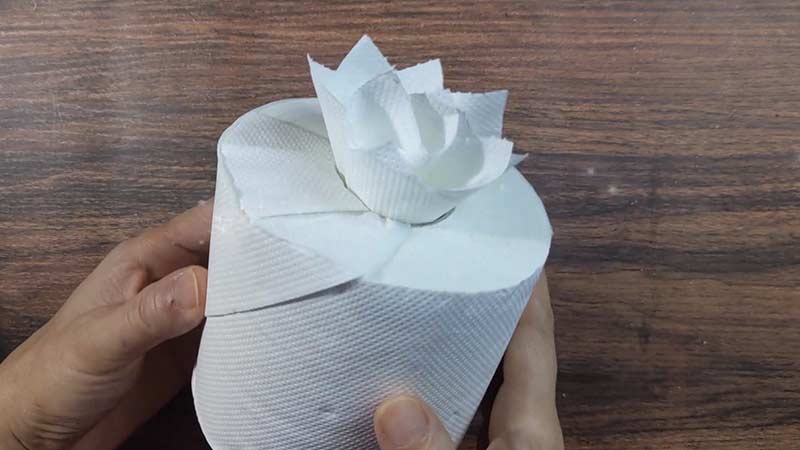
Origami paper and tissue paper differ in several key aspects, including their intended purposes, composition, size, and texture.
Here’s a breakdown of the primary differences:
Texture
- Origami Paper: Known for its smooth and crisp texture, origami paper provides a surface that can hold precise folds and create sharp edges, essential for intricate origami designs.
- Tissue Paper: Characterized by a softer and more delicate texture, tissue paper offers a gentle feel, making it suitable for wrapping gifts or creating flowing shapes in crafting.
Durability
- Origami Paper: Engineered for durability, origami paper is resistant to tearing. It can withstand multiple folds without compromising its structural integrity, making it ideal for complex origami creations.
- Tissue Paper: Thinner and more prone to tearing, tissue paper is designed for delicate tasks like gift wrapping. While suitable for certain crafting, it may not hold up well to the demands of intricate origami folding.
Purpose
- Origami Paper: Tailored specifically for the art of origami, origami paper strikes a balance between thickness and flexibility. It is designed to meet the unique requirements of traditional folding techniques.
- Tissue Paper: Primarily used for gift wrapping, crafting, and decorative purposes, tissue paper’s primary function is not origami. It is a lightweight material for various applications beyond intricate folding.
Availability
- Origami Paper: Found in specialty craft stores or online shops catering to origami enthusiasts, origami paper offers various sizes and patterns, providing options for various projects.
- Tissue Paper: Widely available in general stores and supermarkets, tissue paper is often sold in large packs. Its accessibility makes it a convenient choice for impromptu crafting or gift wrapping.
Size
- Origami Paper: Typically comes in standard square sizes, tailored to fit the needs of traditional origami techniques that often involve symmetrical folds.
- Tissue Paper: This may come in larger sheets, requiring users to cut it down to the desired size for specific applications, such as wrapping or crafting.
Thickness
- Origami Paper: Thin but sturdy, origami paper strikes a balance that allows for intricate folds without being overly fragile.
- Tissue Paper: Thinner and more delicate, it is suitable for lightweight tasks like wrapping gifts, but it may not provide the structural support needed for complex origami designs.
Can Origami Paper Be Used as Tissue Paper?
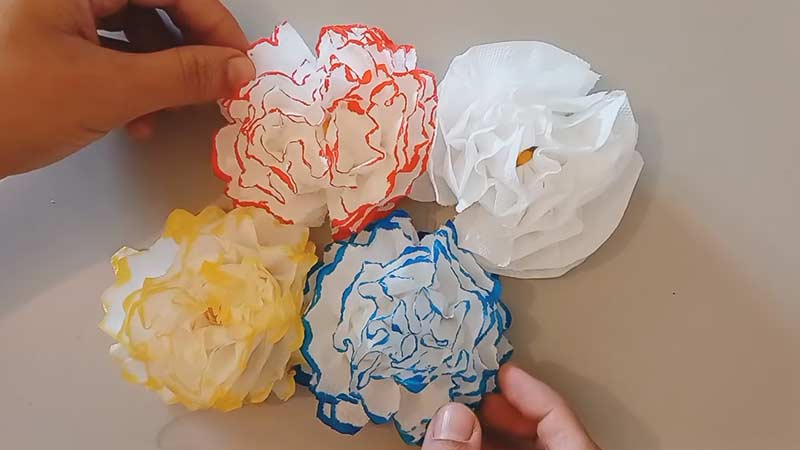
Origami paper is not the ideal substitute for tissue paper due to its distinct characteristics. While both papers share thinness and lightweight qualities, origami paper is designed for precise folding with a smooth, crisp texture.
Its smaller size and sturdier nature make it less practical for common tissue paper uses like gift wrapping. Tissue paper’s softer texture and larger sheets are better suited for delicate tasks.
While origami paper may add a unique touch to certain crafts, it may not provide the gentle feel and pliability necessary for traditional tissue paper applications such as wrapping gifts or creating soft decorative elements.
FAQs
Can you do origami with both tissue paper and traditional origami paper?
Yes, both are viable options, with traditional origami paper being more suitable for intricate designs.
Which paper is better for beginners: origami paper or tissue paper?
Tissue paper may be more forgiving for beginners due to its pliability and accessibility.
Is origami paper more expensive than tissue paper?
Generally, origami paper can be more expensive, but it varies based on the type and quality of the paper.
How does tissue paper add a unique touch to origami creations?
Tissue paper’s soft texture and translucency can enhance the aesthetic appeal, offering a delicate and artistic element to origami.
Can tissue paper be combined with origami paper for projects?
Combining tissue paper with origami paper can yield creative results, adding texture and visual interest to origami designs.
To Recap
The exploration of whether origami paper is like tissue paper reveals a tapestry of similarities and differences, each contributing to the rich landscape of creative expression.
While both papers share common traits of thinness, lightweight, and vibrant aesthetics, their textures, durability, and primary purposes set them apart.
Origami paper, tailored for intricate folds and artistic precision, contrasts with tissue paper’s softer, delicate nature, often used in gift wrapping and crafting.
The journey through this exploration underscores the importance of choosing the right paper for distinct artistic endeavors, empowering enthusiasts to unfold the full spectrum of their creativity in the captivating realms of origami and tissue paper artistry.
Leave a Reply